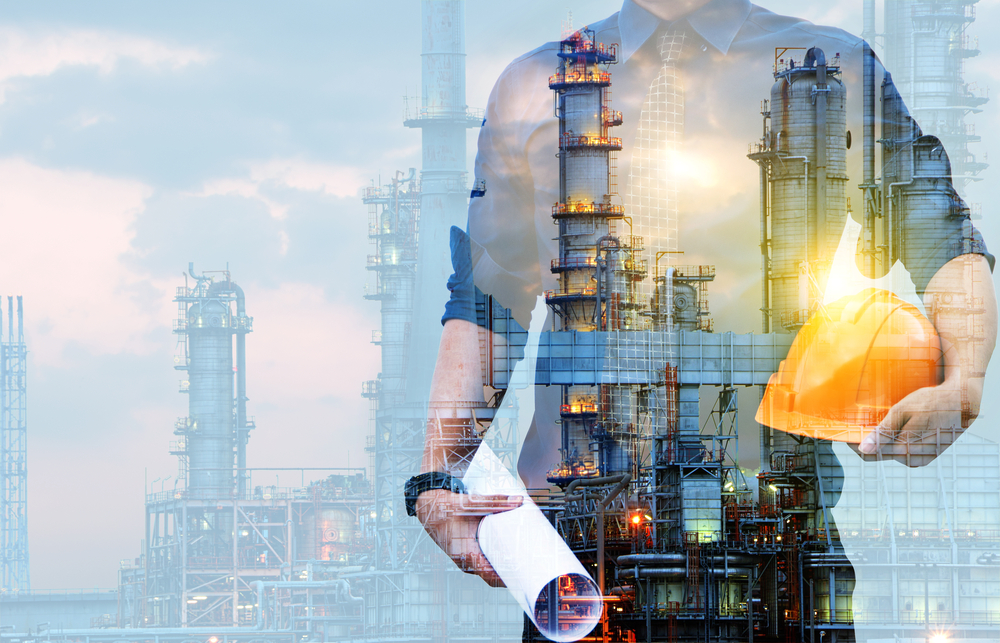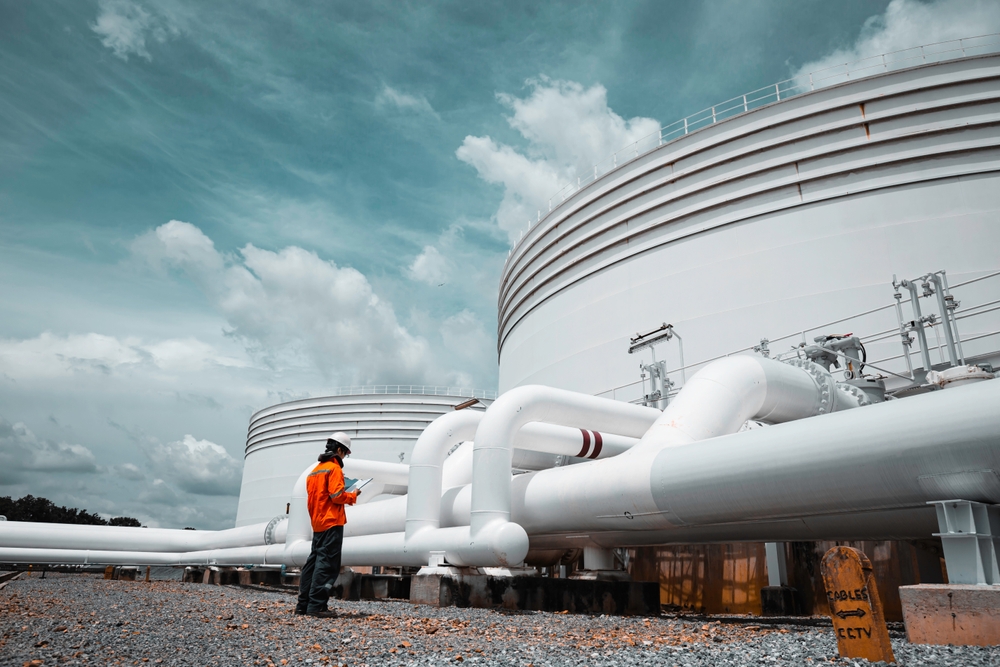

| City | Start Date | End Date | Fees | Register | Enquire | Download |
|---|---|---|---|---|---|---|
| Cape Town | 30-06-2025 | 04-07-2025 | 5600 $ | Register | Enquire | |
| Amsterdam | 07-07-2025 | 11-07-2025 | 6200 $ | Register | Enquire | |
| Casablanca | 14-07-2025 | 18-07-2025 | 4950 $ | Register | Enquire | |
| Vienna | 21-07-2025 | 25-07-2025 | 6200 $ | Register | Enquire | |
| Madrid | 04-08-2025 | 08-08-2025 | 6200 $ | Register | Enquire | |
| London | 11-08-2025 | 15-08-2025 | 6200 $ | Register | Enquire | |
| Casablanca | 18-08-2025 | 22-08-2025 | 4950 $ | Register | Enquire | |
| Jakarta | 25-08-2025 | 29-08-2025 | 4950 $ | Register | Enquire | |
| Paris | 01-09-2025 | 05-09-2025 | 6200 $ | Register | Enquire | |
| London | 08-09-2025 | 12-09-2025 | 6200 $ | Register | Enquire | |
| Sharm El Sheikh | 15-09-2025 | 19-09-2025 | 3950 $ | Register | Enquire | |
| Vienna | 29-09-2025 | 03-10-2025 | 6200 $ | Register | Enquire | |
| Zurich | 06-10-2025 | 10-10-2025 | 5600 $ | Register | Enquire | |
| Amsterdam | 13-10-2025 | 17-10-2025 | 6200 $ | Register | Enquire | |
| Casablanca | 20-10-2025 | 24-10-2025 | 4950 $ | Register | Enquire | |
| London | 27-10-2025 | 31-10-2025 | 6200 $ | Register | Enquire | |
| Kuala Lumpur | 03-11-2025 | 07-11-2025 | 4950 $ | Register | Enquire | |
| Dubai | 10-11-2025 | 14-11-2025 | 4300 $ | Register | Enquire | |
| Zurich | 17-11-2025 | 21-11-2025 | 5600 $ | Register | Enquire | |
| Manama | 01-12-2025 | 05-12-2025 | 4400 $ | Register | Enquire | |
| Casablanca | 08-12-2025 | 12-12-2025 | 4950 $ | Register | Enquire | |
| Krakow | 22-12-2025 | 26-12-2025 | 6200 $ | Register | Enquire | |
| Kuala Lumpur | 29-12-2025 | 02-01-2026 | 4950 $ | Register | Enquire |
This Oil & Gas Multidiscipline Training Seminar on Valves, Actuators, Control, and Safety Systems provides an engaging overview of the essential features of control valves and actuators. Understanding these components and their proper applications is crucial for maximizing operational efficiency and control, given their significance in processes worldwide. This seminar will facilitate participants in the installation thinking process for valves and actuators, enabling them to identify the right combinations of devices for their specific applications.
The training course emphasizes critical valves and actuators, broadening participants' understanding of the flow dynamics associated with these components. Participants will learn to recognize the differences between various valves and actuators and how these devices fit into larger systems. This knowledge will better equip them to make strategic, high-level decisions in their planning and implementation efforts.
Additionally, this discipline intentionally addresses valves, actuators, control, and safety systems in the oil and gas industry. Proper application of these critical components can achieve optimal performance while ensuring safety.
At the conclusion of this Oil and Gas Valves, Actuators, Control, and Safety Systems course, participants will be able to:
Unit 1: Principles of Valves, Their Functions, Their Types, Control Signals, and Flow Condition
Unit 2: Valves in P&IDs, Leakage, Valve Characteristics, and Valve Size Calculations
Unit 3: Valve Software, Actuators, Positioners, Cavitation & Noise Control & SIS
Unit 4: 3-Term Controllers and Loop Tuning for Processes Containing Control Valves
Unit 5: Utilization of Valves in Cascade, Ratio, Dead Time Dominant, Non-Linear, and PLC Control Processes

.jpg)
.jpg)
.jpg)















